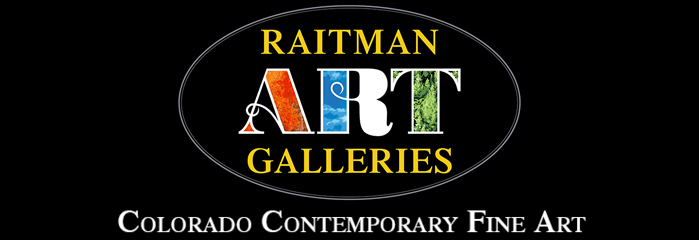Fekadu Mekasha: Out of Africa & Into Illusion - Forging Realism From Wire Mesh August 14 2025, 0 Comments
By Kimberly Nicoletti
Fekadu Mekasha’s art is like none other: He creates photorealistic portraits from stainless steel wire. He cuts away mesh wire — layering, sculpting and then welding at least 40 feet of it onto a white matte board. He might also add 10 or 11 layers that allow light to pass through and reflect off each wire, resulting in light and shadows that shift as viewers walk around the wall sculptures.
Beyonce’s penetrating eyes, Miles Davis’ long fingers and Marilyn Monroe’s sultry lips come alive, creating textures and dimension that bring you up close and personal with the cultural icons, classic cars and nudes he portrays.
No More Trouble by Fekadu Mekasha
“His art defies perception. Up close, his sculptural wall hangings are as abstract as it gets, all defined by hard edges and crisscrossed wires. But step back a few feet and an impossibly realistic looking image begins to appear. This is when we always get the ‘wow’ moment from folks in the galleries. People can't believe that he can create such precise portraiture from such a unique medium,” says Brian Raitman. “He has mastered value in a way very few are able, contrasting lights and darks within his work to reveal distinct highlights and shadows.”
It’s hard enough to get all those details right drawing or painting. And yet, he uses wire — scraps he has collected working as a welder.
Perhaps the most notable thing, aside from how talented and innovative Fekadu is, is how nonchalant he is about his skills. He acts as if his artistry comes as naturally as breathing – not in an arrogant way, but in the most casual and humble manner possible. It seems to have arisen from thin air, as he didn’t come from an artistic family.
He was born and raised in the urban area of Addis Ababa, Ethiopia, where his father installed powerlines and his mother worked as an operator for the phone company. Despite having nine kids (he’s number six), he says the family did not grow up in poverty, though that’s relative given that the average family in Addis Ababa earns $2,604 annually. Still, as he points out, Ethiopia doesn’t fully consist of many people’s stereotypes of starvation and drought in small villages. He grew up among high rises.
“The whole country is not dry like a desert. Some of it is very green,” he says.
He started working at age 10, and after finishing high school, he launched his own business as a welder. One day, he decided to outline his sketches with scrap-metal rebar. He hadn’t seen anything like that done; the idea just popped into his mind as he looked at his drawing. As he describes it: “It’s simple, just outline (the sketch with rebar).”
Eventually, he began shading the portraits — giving them texture — with the thinner, mesh wire scraps he now uses from his day job as a welder in Las Vegas. Yes: He still has a day job. He hopes to become a full-time artist, and there’s no reason he shouldn’t, but for now, he’s still welding.
“Every time I do it, I get it better, (with) more detail,” he says about his artwork.
Red Ruby by Fekadu Mekasha
He moved to Vegas around age 28, in 2004 because his only sister had already come to the States. His aunt and her kids also live in Vegas, so he gets together regularly with them, taking his nieces and nephews to the movies and cooking a goulash-type dish, which they love.
He created his first gallery-style portrait, “Jimi Hendrix,” in 2017, and, being his first, it’s still his favorite.
These days, he’s getting double the amount of mileage, so to speak, out of his wire mesh; his current show in the Vail gallery features two identical portraits, for instance, of Bob Marley. He creates one original, and then he generates an identical one from the scrap of the first. And, these are even more detailed than his previous ones.
Mekaha's exhibition in Vail will be hanging for several more weeks!



